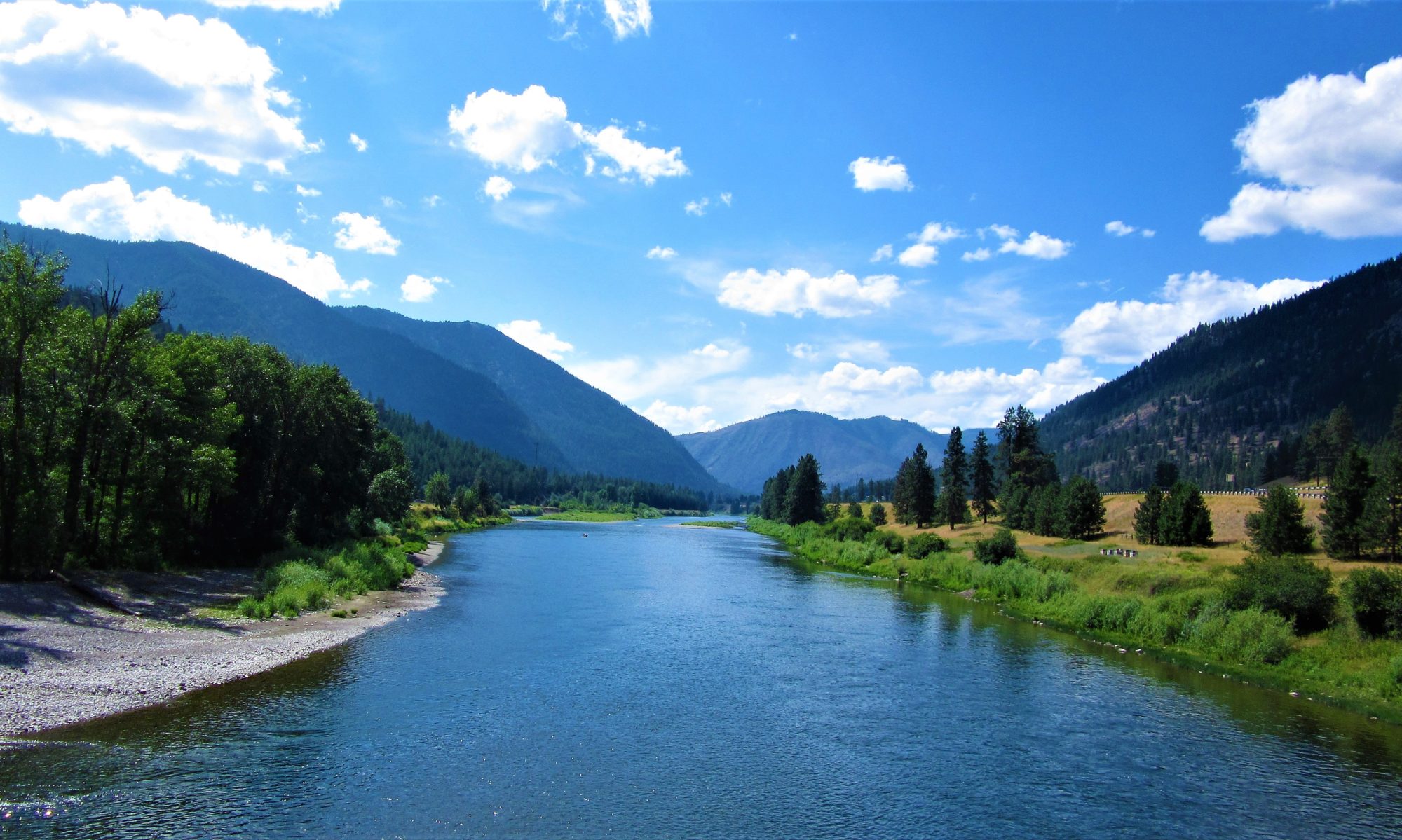As an example of a worst-case scenario, the 1996 Alberton derailment and chlorine spill offered many invaluable lessons. However, despite research opportunities and the availability of public documentation, a great many lessons never saw the light of day. No critique was written by any responding agency, no journalistic investigation was published. Though hindsight is 20-20, it is wise to look through this lens. Most of the information summarized below was never publicized.
The Response
The local community had no mass evacuation plan, and responders had never faced a mass hazmat scenario.
Because of failures by MRL to confirm and then convey the exact location of the derailment in the first hours after the spill, initial fire and deputy responders arrived to the wrong location, several miles from the spill, delaying some evacuations. As they reconned three hours after the spill, Missoula Hazmat didn’t know the location either.
911 dispatch was inundated and poorly informed about the spill location and the true dangers of chlorine, yet because of poor interagency communications, 911 was the main source of information, and misinformation, for responders and the public for several hours.
During evacuations, Alberton responders and deputies had no or poor respiratory protection, and many became seriously exposed, even though equipment was on hand via Frenchtown Fire but unused. Lacking a Reverse 911 system, responders spent hours evacuating door-to-door.
In all cases, evacuations began after chlorine gas had already arrived, as far east as Huson. Sawmill Gulch and Cyr, within the evacuation zone and significantly gassed, were not evacuated until four days later. No agency took public responsibility.
Residents and responders going to the Frenchtown evacuation center, and those arriving at both Missoula hospitals, reported a complete lack of decontamination protocol, including in emergency rooms and intensive care. The lone exception was Superior Hospital, which saw few evacuees. Decontamination is basic aid for chlorine exposure.
The 17-Day Evacuation
Federal agencies including the EPA were denied access to the spill site until Day 4 by Incident Commander Scott Waldron and state officials, despite having legal jurisdiction and top-level hazmat clearance. State officials later alleged the federal agency shut out came at the behest of MRL’s owner Dennis Washington and Montana Governor Marc Racicot, out of Washington’s concern of maintaining control over costs. In reality, the stonewalling mainly just bought MRL time to control the scene.
Health officials allowed residents limited but regular access to the evacuation zone outside the designated Hot Zone to visit and care for animals left behind, despite that chlorine releases continued erratically. Despite safety assurances of monitoring, many visitors and working responders reported chlorine and pesticide-like odors that produced symptoms.
In daily evacuee meetings, officials repeatedly sought to limit and even prevent public questions, steering participants to private sessions. The stifling of open discourse, along with visitor reports of ongoing exposures and reactions (mainly not publicized), helped drive the formation of a citizens’ group.
Despite this censoring, residents brought to light key issues, such as initial sensitivity to chlorinated pools, and reports of a pesticide-like smell that later led to investigation into the reaction between chlorine and potassium cresylate that produced chlorinated compounds.
The Aftermath
For the countless—because uncounted—Alberton spill victims who suffered chronic health effects, the greatest lesson lay in their life-changing illness (as detailed in the previous essay).
Alberton offered many more lessons, including on the behavior of chlorine, the role of the media, and the cause of the devastating derailment.
Next: the cause of the Alberton derailment
Published in the Missoulian 2021
RL Scholl is the author of GASSED: The True Story of a Toxic Train Derailment, and Alberton, Montana: Anatomy of a Toxic Train Wreck.

